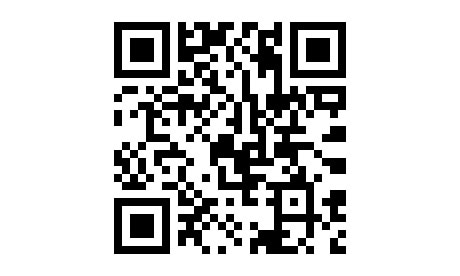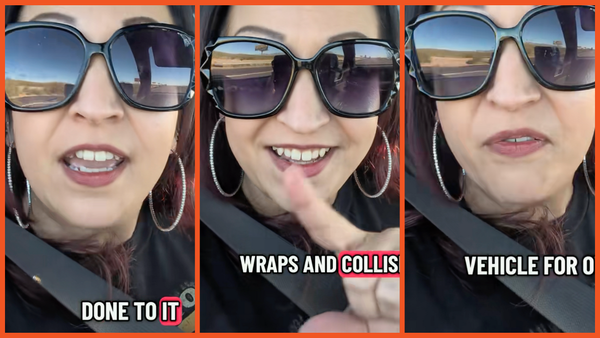
You may have noticed a rather curious patchwork square boxes on posters, in magazines and on the television more and more recently. If you have wondered to yourself: "what is that?" you are not alone. But those little boxes can potentially be a very useful tool in your marketing and fundraising armoury.
What are they? It's called a QR (quick response) code. They have been around since 1994, but the sudden increase in use is due to the phenomenal growth of smartphone usage. The impact of mobile cannot be ignored; around half of the UK use a smartphone. By 2016 Cisco have predicted that there will be a monumental 10 billion mobile devices (smartphones / tablets) in use worldwide and in 2011 there were an estimated 1.2 billion mobile web users.
A QR code is simply text that has been encoded in a 2D barcode format, therefore the less text there is the less cluttered – and prettier – the QR code will be. As with any new (so to speak) technology there is always going to be a certain amount of experimenting. One criticism of QR codes is that when scanned the outcome is a bit of an anti-climax. Only use a QR code when and where there is a purpose, a problem being solved; the biggest fail of all is to lazily create a QR that points to a non-optimised website.
Last year the Salvation Army used QR codes during the festive season to enable people that didn't have cash on them to donate via an optimised page. The QR code nicely eradicated the old chestnut "I don't have any change".
A UK homeless charity based in Yorkshire called Simon on The Street used QR codes for a campaign last Christmas to raise awareness and money. In various locations they set up what looked like a sleeping area with a piece of cardboard displaying a QR code that linked to a JustGiving page.
A US restaurant chain – Chili's – made QR codes an integral part of a fundraising campaign for St. Jude (Children's Research Hospital). The QR codes were used to direct people to an optimised page with information and an easy way to donate. The QR codes were scanned more than 290,000 times, it was a huge success for them. They benefited from thinking about how it was going to add value.
The good news for charities is that QR is free and very easy to create. A QR can point to any text, it can also be used – thanks to some web trickery – to launch an SMS app with the number and text filled in. This is brilliant news for charities that want to make use of Vodafone and Just Giving's free text-to-give service (or any other similar service). A simple "scan here to text a dog a bone (£5)" message displayed above a QR code is pretty clear on the outcome of the scan. Writing an SMS is not much of a problematic task, but to have the number and text filled in reduces the time and potential for error.
The social side of market is increasingly useful in engaging with supporters and building a lasting relationship. Again a QR can help quickly gain fans and followers. LongTap set up a website at the end of last year with that in mind, it's called QRLme.com. It will generate a social QR code that takes users to a mobile optimised page, making likes, follows and vCard downloads all a click away. If you are at an event with a stand and are getting interest it is the perfect opportunity to get people to follow your charity. The easier that process is the better.
Another excellent use for a QR codes is to add further depth to printed content. Use it to link to videos, photos, polls, audio and so on.
Moreover, when using a QR code, use a URL shortener to provide some basic stats and make the QR less cluttered.
Here are some more top tips:
• Always test that the QR code scans easily and goes to where you are expecting
• Make it clear where the QR is going to take the user
• Make sure that scanning the QR adds value to the user experience
• Don't just use a QR code for the sake of using it
• Here are some useful resources:
• A code generator
• A text to give service
• A social QR code generator with stats
•An Android barcode scanner app
• A barcode scanner app
• Google's URL shortener
• An URL shortener with stats.
Lindsay Butler works in technical creative at LongTap.com
This content is brought to you by Guardian Professional. To join the voluntary sector network, click here.







